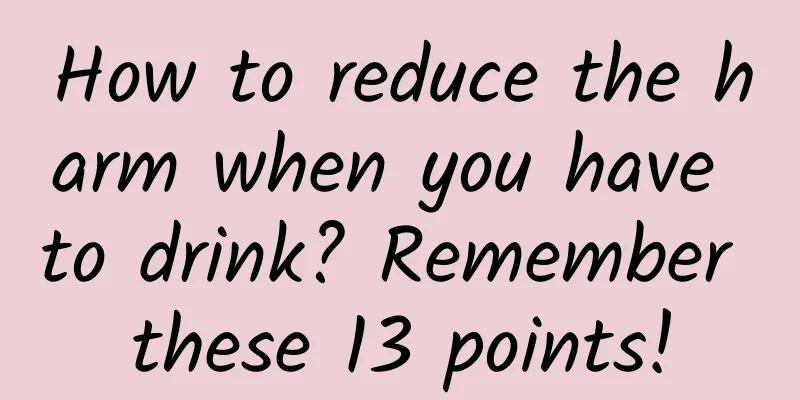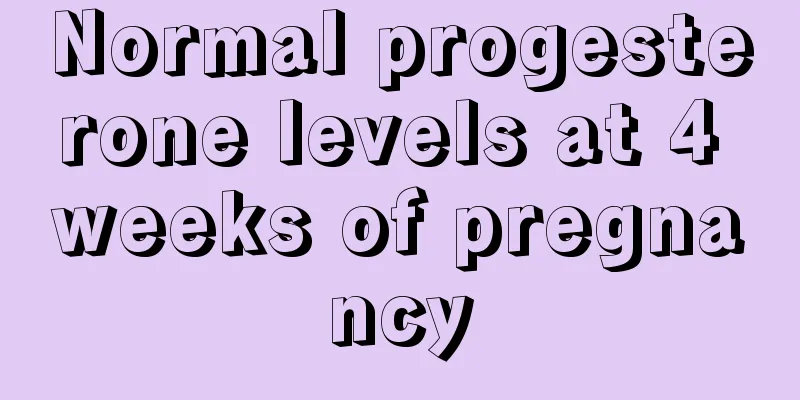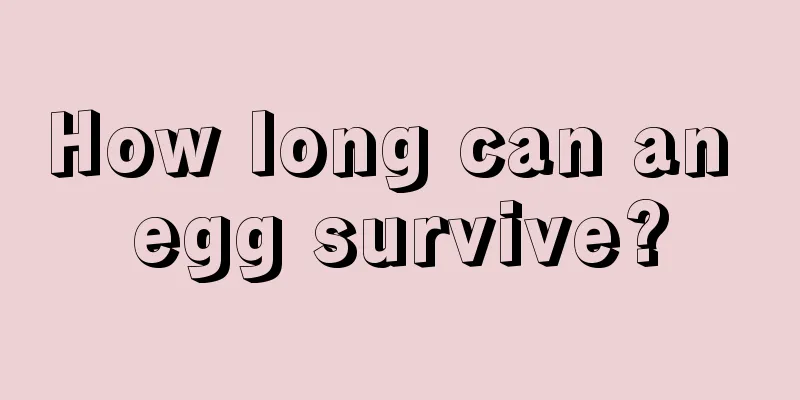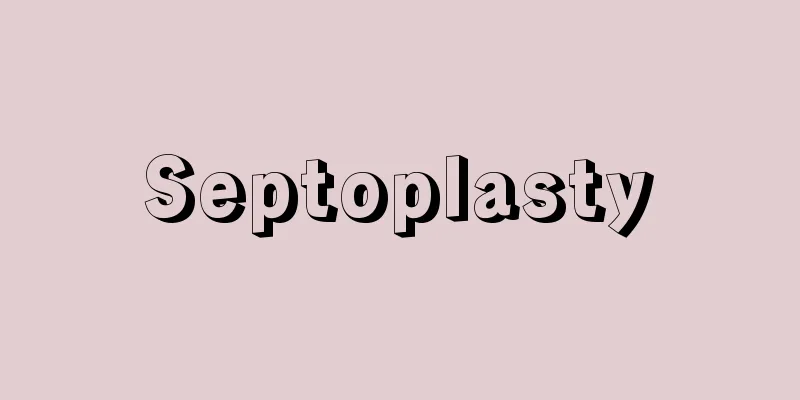How to remove the placenta during caesarean section

|
The placenta is a tissue used to protect the fetus in the female belly, and we need to take the placenta out during a caesarean section. If the placenta remains in the belly, it will lead to many consequences, including some serious sequelae, and may even lead to death. However, many people do not know the specific method of removing it. So how do you remove the placenta during a caesarean section? After the baby is delivered by caesarean section, the doctor will give an injection of oxytocin into the uterus, which will slowly contract. After a while, the placenta will peel off on its own and be taken out along the umbilical cord. If artificial methods are used after a long time, they will be performed under direct vision and are very safe. And now caesarean sections are performed very carefully. But you must go to a regular hospital to ensure your safety. The placenta is an important organ for the exchange of substances between the fetus and the mother. It is an organ that combines the tissues between the mother and the child during human pregnancy and grows from the embryonic embryonic membrane and the maternal endometrium. The fetus develops in the uterus and relies on the placenta to obtain nutrition from the mother, while both maintain a considerable degree of independence. The placenta also synthesizes a variety of hormones, enzymes, cytokines, etc. to maintain normal pregnancy. The placenta is also a traditional Chinese medicine, called placenta, also known as human placenta, afterbirth, chorion, afterbirth, and fetal membrane. There are four levels of placental maturity: grade 0, grade I, grade II and grade III. Level 1 indicates that the placenta is basically mature; level 2 indicates that the placenta is mature; level 3 indicates that the placenta is aged. Due to calcification and cellulose deposition, the placenta's ability to distribute oxygen and nutrients is reduced, and the fetus is in danger at any time. In the second trimester (13-28 weeks), the placenta is grade 0; in the third trimester (30-32 weeks), the placenta is grade I; after 36 weeks, the placenta is grade II (relatively mature). If grade III placenta is found before 37 weeks, placental precocity should be considered and the possibility of intrauterine growth retardation of the fetus should be alerted. The placenta at 38 weeks enters grade III, indicating that the placenta is mature. Placental serum protein and placental globulin prepared from human placenta are important biological products for rescuing patients. Dried placenta, known as Ziheche in traditional Chinese medicine, is a well-known tonic medicine that can be used as an auxiliary treatment for bronchial asthma and tuberculosis. The human placenta contains interferon and β-inhibitor, which can inhibit a variety of viruses including influenza virus. The placenta contains components related to blood coagulation, including a fibrin stabilizing factor similar to coagulation factor XII, urokinase inhibitors, and plasminogen activators. |
<<: What is the cause of heavy bleeding during cesarean section?
>>: How to sleep after cesarean section is beneficial to uterine recovery
Recommend
Can I take care of my baby after 42 days of postpartum checkup?
Generally speaking, pregnant mothers also need to...
Ovulatory bleeding disorder treatment
Ovulatory bleeding is a relatively common gynecol...
Feeling anxious and chest tight after taking Yangkang? Official release of treatment plan →
On the 9th, the Joint Prevention and Control Mech...
Trichomonas leucorrhea positive
During a gynecological examination, if Trichomona...
What's going on if there is blood again a few days after my period?
Under normal circumstances, women will have to wa...
What to do if a pregnant woman can't sleep due to toothache
For pregnant women, symptoms such as toothache ar...
Delayed menstruation with a little bloodshot pregnancy
Menstruation is what we often call period. It is ...
A woman suffered liver failure after eating two super sweet pineapples! Be careful, it’s hot!
Now is the season when fruits and melons are frag...
Preventive nursing care: the key to reshaping a healthy life
In modern society, with the accelerated pace of l...
A detailed discussion on keeping warm in spring and cold in autumn: How to keep warm in spring? Eat light food, exercise slowly, and take a good nap
"Cover up in spring and keep cold in autumn&...
What are the causes of congenital premature ovarian failure?
Having a child and becoming a mother is a very ha...
What are the symptoms of pain around a woman's belly button?
Pain around a woman’s belly button is a common sy...
What to eat to delay menopause?
As we age and enter menopause, many women will fa...
Symptoms of calcium deficiency in 40-year-old women
The human body contains more than 60 elements, in...









